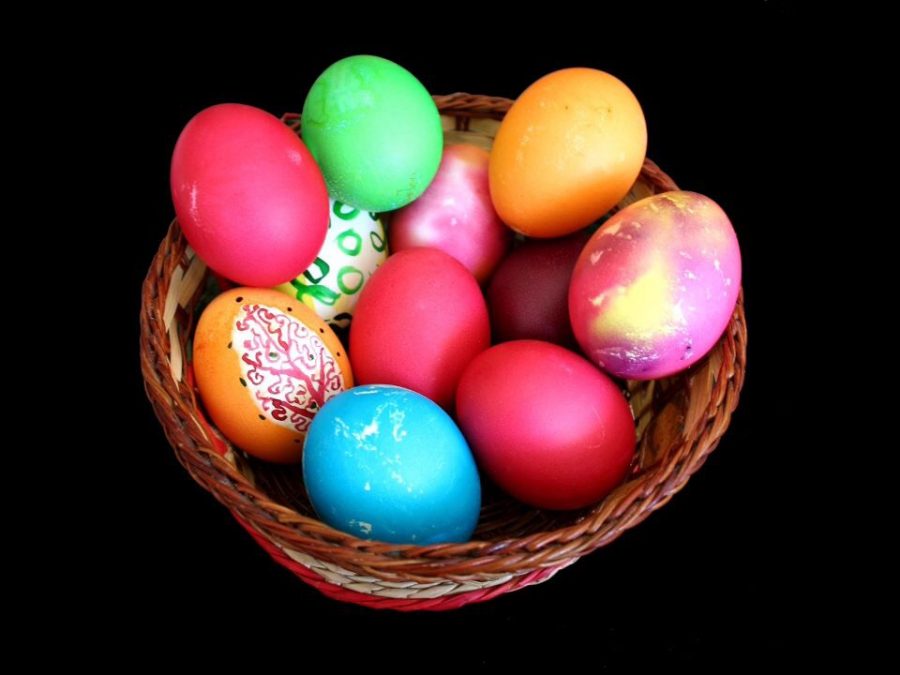The True Meaning of Easter Traditions
With Easter just around the corner, we are getting ready for the long-time traditions of dyeing and hiding Easter eggs, annual visits from the Easter Bunny and decorating with Easter lilies, just to name a few. These are obvious symbols for the season, but where did their significance come from?
Easter Baskets
Though Easter baskets are used for packaging gifts, they were originally used to fill with food as an offering to bring to church. People would usually decorate their baskets with white cloth as well as shreds of colorful paper and dried up flowers. It was a way to make sure that everyone had their taste of Easter in the church!
Easter Eggs
Easter eggs used for dyeing and hiding around your backyard are seen as symbols of rebirth into the springtime season, as well as a symbol to represent Christ’s empty tomb. Christians would dye eggs a deep red color as a symbol of the blood shed during the passion and death of Christ during Lent. Throughout the years, the dyes expanded to different colorful shades and are now part of one of the most popular Easter traditions.
Easter Lilies
These beautiful white flowers symbolize purity and honesty. Some say Easter lilies originated in the Garden of Gethsemane, where Jesus wept in the last hours of His life before Judas’s betrayal. They are beautiful reminder of the newness of life with their white color—just as Jesus was clothed in white as he exited the tomb.
Easter Bunny
The bunny rabbit, well-known for bringing candy and eggs on Easter, is another historical symbol of new life, fertility and the coming of the springtime season. Since rabbits come out from their burrows in the early spring, early Christians adopted these gentle animals as a symbol of Christ emerging from his tomb on Easter Sunday.
These are just a few of the many Easter symbols and traditions dating back to early Christianity. Next time you’re dyeing eggs with some friends or see Easter lilies at someone’s home, you might just see their meaning in a whole new way.

Kayla Merkle is a senior this year at St. Dominic. She is involved in Peer Ministry, A.D. club, Ambassadors, and NAHS. Outside of school you can find her...



